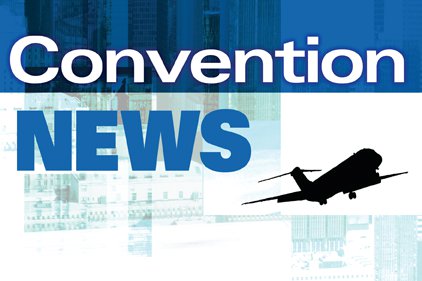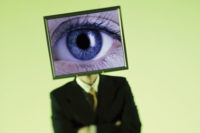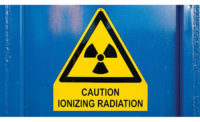 San Diego CA -- Personnel tracking technology is one of the fascinating research and development progressions on display at the National Safety Congress and Expo being held here in hot and humid (unbelievably) San Diego. For two weeks temperatures in the San Diego area have hovered between 90 to 100 degrees, sending many residents in search of air conditioners, and having attendees walking to the convention center work up a good sweat.
San Diego CA -- Personnel tracking technology is one of the fascinating research and development progressions on display at the National Safety Congress and Expo being held here in hot and humid (unbelievably) San Diego. For two weeks temperatures in the San Diego area have hovered between 90 to 100 degrees, sending many residents in search of air conditioners, and having attendees walking to the convention center work up a good sweat.
Back to personnel tracking…employers have always wanted to control access to their facilities. Now technology can scan any employee’s security/ID card and keep track of their whereabouts. One vendor of this technology told ISHN, “I am convinced this is going to get people fired because employers will be able to know who’s goofing off and who’s productive.”
Privacy v. liability
That’s not what employees want to hear of course, but tracking technology is raising privacy versus liability issues that won’t go away. If a building is burning down, or a hurricane is heading toward a worksite, employers need to know where their employees are. The same is true in education, where schools, wary today of potential “live shooters,” need to know which students and teachers are in a building in a crisis situation.
Students, just as employees, don’t particularly want to be so “accessible” that they can be tracked down, this vendor told ISHN. But schools and employers have a responsibility in emergency situations to be able to account for their people. The privacy versus liability conflict is not going away.
A bulls-eye on my kid's back
“Some parents say, ‘This is great; now I know if my kid has shown up for school.’ Others, though, say, ‘Wait a minute, you’re putting a bulls-eye on my kid’s back by being able to locate him or her so easily,” said this vendor.
Technology in the not too distant future may alleviate the conflict somewhat by being able to scan ID cards at a distance up to 30 feet, making the “tracking” less invasive than currently using a hand-held device to individually scan employees. Employees may not feel that Big Brother is so in their face.
In one situation – confined space entry – tracking technology is a “major efficiency gain” compared to the paper systems used by many companies to track who is in and who is out of a confined space. Scanning entrants’ ID cards allows confined space attendants to say, “All in, all out, all clear,” according to the vendor.
Remember the phrase, “mobile access control.” It’s going to raise a host of concerns – and safety benefits – in years to come.




